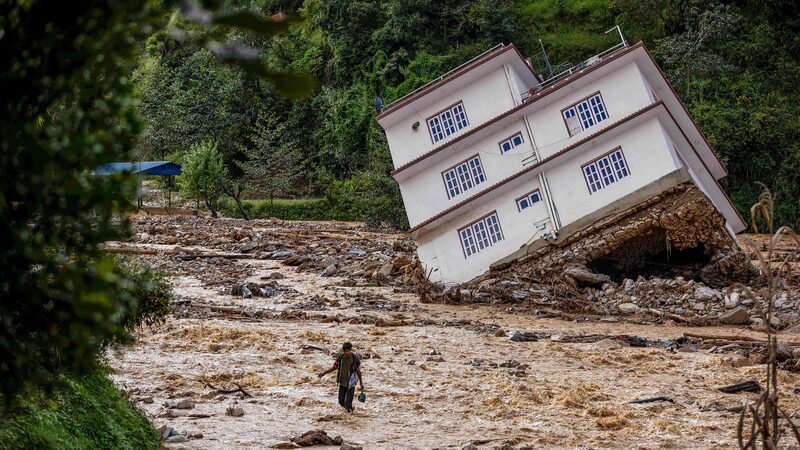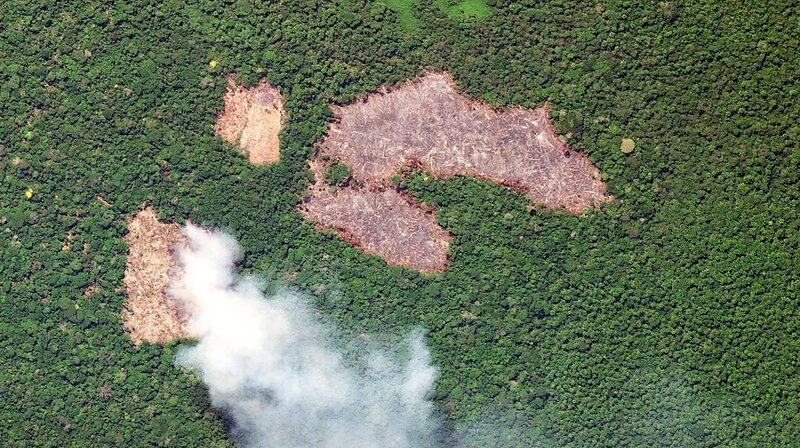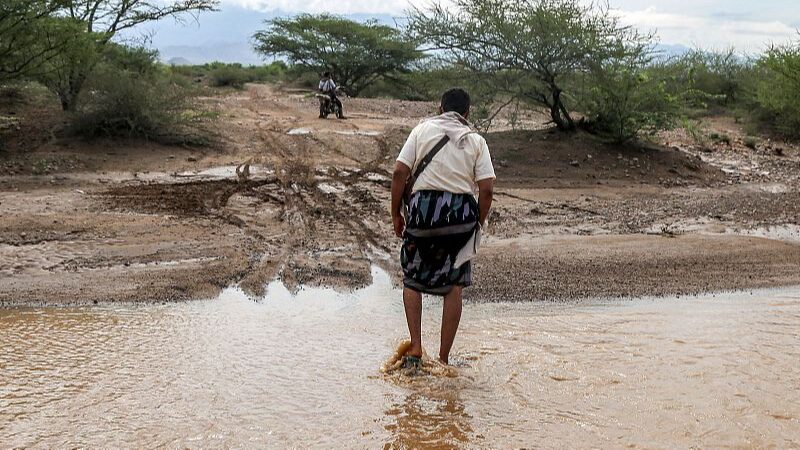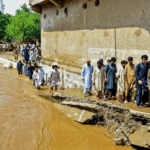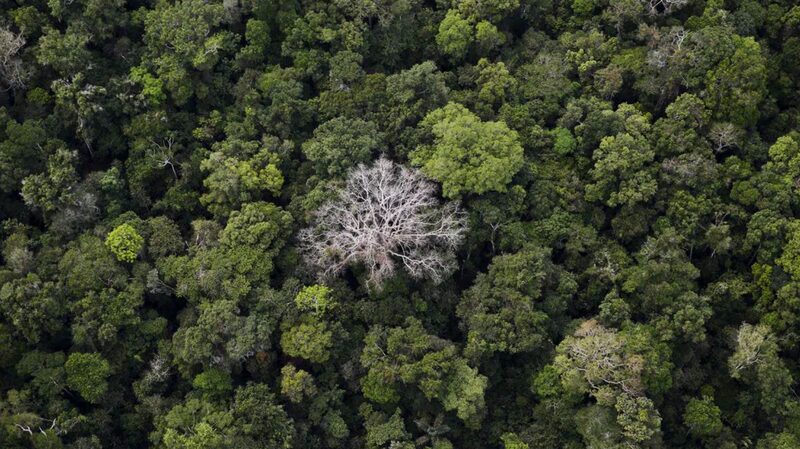Climate change, rapid urbanization, and deforestation intensified the catastrophic floods in Nepal last month, leading to the deaths of more than 240 people, according to scientists. The Himalayan nation experienced its worst flooding in decades in late September when relentless monsoon rains swelled rivers, inundating entire neighborhoods in Kathmandu and other districts. The World Weather Attribution (WWA) network, a group of scientists analyzing the impact of human-induced climate change on extreme weather events, has confirmed a clear link between the intense rainfall and global warming. “If the atmosphere wasn’t overloaded with fossil fuel emissions, these floods would have been less intense, less destructive, and less deadly,” said Mariam Zachariah, a researcher from Imperial College London. The WWA’s analysis found that the torrential rains, falling on already saturated ground during the late monsoon season, were made at least 10 percent heavier and 70 percent more likely due to climate change. The scientists warned that such explosive downpours could become even more severe if the world does not curb fossil fuel consumption. The disastrous floods, which began on September 26, triggered landslides and widespread devastation, killing 246 people and leaving 18 missing, according to Nepal’s government. Hydropower plants were destroyed, homes were washed away, and bridges were torn apart. While climate change played a significant role, the scientists noted that other human activities compounded the impact. Rapid urbanization has led to a nearly fourfold increase in built-up areas in Kathmandu since 1990, disrupting natural water flow. Major deforestation has further exacerbated the situation, with Nepal losing more than a quarter of its tree cover since 1989. “Climate change is no longer a distant threat,” said Roshan Jha, a researcher at the Indian Institute of Technology in Mumbai. “With every fraction of a degree of warming, the atmosphere can hold more moisture, leading to heavier downpours and catastrophic floods like these.” Nepal has been investing heavily in hydropower, generating 99 percent of its electricity from hydroelectric dams, with output increasing fourfold in the past eight years. The country has also signed agreements to export surplus power to neighboring India, which relies heavily on coal. Earlier this month, the United Nations’ World Meteorological Organization (WMO) warned that increasingly intense floods and droughts are a distress signal of future climate patterns as global warming makes the planet’s water cycle ever more unpredictable. WMO chief Celeste Saulo referred to water as the “canary in the coal mine of climate change.” The scientists urge immediate action to reduce greenhouse gas emissions and implement sustainable development practices to mitigate the risks of future disasters.
Reference(s):
cgtn.com
